Did you know tulips come in over 3,000 varieties? Many photographers miss out on capturing their true beauty during spring blooms.
Tulips offer countless photo chances with their bright colors and shapes, but most people take basic shots that don’t stand out online.
Good news – you don’t need fancy gear or skills to take stunning tulip photos. With the right methods and timing, your tulip pictures will look professional and get more attention on social media.
This guide shows you 17 tried-and-tested tulip photo ideas that work with any camera. Read on to learn how to make your spring photos pop, get more likes, and build your portfolio with eye-catching flower shots that people will notice.
Why Tulips Are the Perfect Spring Subject for Photography?
Tulips stand out as ideal subjects for spring photography because of their striking features and accessibility. These flowers offer a wide range of colors and shapes that make each photo unique. Many photographers find tulips easier to work with than other spring flowers due to their sturdy stems and longer bloom time.
What makes tulips special for photographers?
- They bloom in clusters, creating natural patterns
- They hold still even in light wind
- They show well in both bright sun and soft light
- They come in over 3,000 varieties
- They work in close-up shots and wider landscapes
For beginners and pros alike, tulips provide the right mix of beauty and simplicity. The timing of tulip blooms marks the true start of the photography spring season in many places, giving artists a chance to refresh their portfolios after winter.
The Best Time of Day for Tulip Photography
The time of day you choose for tulip photography can make a big difference in your final images. Early morning hours provide the softest, most flattering light for tulip photos. During this time, dew drops often rest on petals, adding extra visual interest to close-up shots.
Key times for tulip photography:
- Golden hour (shortly after sunrise) creates warm tones and soft shadows
- Mid-morning offers clear, bright light with less harsh shadows
- Late afternoon golden hour brings out rich colors in tulips
- Overcast days provide even lighting that shows true flower colors
Many skilled photographers avoid shooting tulips during midday hours when the sun is directly overhead. This harsh light can wash out colors and create unflattering shadows. Instead, plan your tulip photo session for the first three hours after sunrise for the best results.
If you can only shoot during midday, bring a diffuser to soften the light or look for tulips growing in partial shade for more balanced lighting conditions.
17 Dreamy Tulip Photoshoot Ideas to Bloom Up Your Feed
Spring is here, and tulips are the perfect way to add color and charm to your photos. Check out these 17 dreamy tulip photoshoot ideas to make your feed bloom with beauty!
1. Tulip Fields: Your Perfect Spring Backdrop
Rows upon rows of colorful tulips create a breathtaking scene for photos. The pattern of countless flowers stretching to the horizon makes for stunning shots that catch the eye. Fields offer both close and far views, letting you play with depth in your photos. Many public gardens and farms open their fields during bloom season, giving you plenty of spots to take photos.
Photographer’s Tip: Use wide-angle lenses and try shooting from both low and high spots. Morning and evening light work best to make colors pop.
2. Close-Up Magic: The Art of Tulip Petals
The small details of tulips often go unnoticed but make for striking photos. Each petal has tiny lines, soft curves, and unique color patterns worth showing in your shots. Close-ups bring out the true nature of these spring flowers and show their inner beauty. These shots work well even with just a few tulips or a small space.
Photographer’s Tip: Use a macro lens and look for flowers with water drops or unique patterns. A tripod helps keep shots sharp when working up close.
3. Golden Hour Glow: Tulips in the Soft Light
The first and last hours of sunlight turn tulip fields into magical spots for photos. This special light bathes flowers in a warm glow that makes colors pop. The low sun angle creates long, soft shadows that add depth to your photos. Golden hour shots tend to feel calm and warm, perfect for spring themes.
Photographer’s Tip: Shoot during sunrise or sunset when light is softest. Bring a reflector to bounce light into shadows. Red and orange tulips look best in this warm light.
4. Reflecting Beauty: Tulips by Water
Water adds a twin image to your tulip photos, turning basic shots into eye-catching ones. The mirror effect doubles the beauty in your frame and adds depth to otherwise flat scenes. Still water works like nature’s mirror, giving your photos a sense of peace and balance. These shots stand out in any photo set.
Photographer’s Tip: Find calm water or bring a shallow dish for small setups. Early morning offers the stillest water. Use a polarizing filter to cut glare on the water surface.
5. Rainy Day Radiance: Tulips in the Rain
Rain adds mood and life to tulip photos instead of ruining your shoot day. Water drops on petals catch light like tiny lenses, creating sparkle in your images. Wet tulips show deeper, richer colors than dry ones. The soft, even light on cloudy days shows true flower colors without harsh shadows.
Photographer’s Tip: Protect your gear with rain covers. Focus on water drops on petals for sparkle. Head out right after rain stops before drops dry up.
6. Tulips & Fashion: Style Your Shoot with Models
Adding people to your tulip photos gives them life and scale. Models in tulip fields create a story in your images and help viewers picture themselves there. Fashion and flowers pair well, letting you blend nature and style in one frame. These shots work for everything from casual posts to fashion spreads.
Photographer’s Tip: Choose light-colored clothes to make tulips stand out. Have models move carefully among flowers. Try shots with the model gazing across the field.
7. Overhead Views: A Bird’s Eye of Tulip Patterns
Looking down on tulips shows their growth patterns and color schemes in a fresh way. From above, you see how the flowers group together in neat rows or wild clusters. This view turns fields into living art, showing shapes and designs you miss at eye level. These shots offer a new take on a common subject.
Photographer’s Tip: Use a drone or find a high spot like a hill or ladder. Watch for your shadow in the frame. Morning or afternoon light helps show texture and patterns.
8. Vintage Charm: Adding Retro Props to Tulips
Old-time items give tulip photos a story and sense of time. Weathered wood, old books, or antique tools create a mood that plain flower shots might lack. The mix of fresh flowers with aged items creates a pleasing contrast in your images. Props can turn simple flower photos into art that tells a story.
Photographer’s Tip: Choose items that match your tulips’ colors. Arrange props naturally among flowers. Use soft focus to make both flowers and vintage items stand out.
9. Silhouettes: Tulips Against the Setting Sun
Dark shapes against bright backgrounds create bold, simple images with strong impact. The clean lines of tulip stems and blooms make perfect black shapes against a glowing sky. These shots strip away color detail but add drama through stark contrast. Silhouettes work in any tulip setting with clear sky views.
Photographer’s Tip: Position the sun behind tulips and lower your exposure. Shoot just before sunset when the sky glows. Keep your shots simple for more impact.
10. Light Trails & Tulips: Creating Magical Effects
Adding a moving light to still flowers creates photos that feel almost like fairy tales. The contrast of fixed tulips with flowing light lines makes for eye-catching images. These shots push beyond basic nature photos into creative art. The mix of natural and man-made light creates one-of-a-kind images every time.
Photographer’s Tip: Use a tripod with slow shutter speed (2-30 seconds). Move lights around flowers while the shutter stays open. Start with simple patterns before complex ones.
11. Black and White Tulip Shots: Timeless Elegance
Removing color lets you focus on the shapes, lines, and textures of tulips. Black and white photos have a classic feel that never goes out of style. Without the distraction of color, you notice the curl of petals and the lean of stems more clearly. These photos often feel more serious and lasting than color ones.
Photographer’s Tip: Look for strong light and shadow. Boost contrast slightly to make shapes pop. Red tulips become dark gray while yellow ones turn light in black and white.
12. Dreamy Bokeh: Soft-Focus Tulip Shots
Blurring the background turns plain settings into soft color washes that make tulips stand out. The fuzzy light spots known as “bokeh” add a dream-like quality to your images. This style works well for cards, wall art, and social media where soft, pretty images catch the eye. The technique makes even simple tulip groups look special.
Photographer’s Tip: Use a wide aperture (f/1.8 or f/2.8) with distance between subject and background. Position bright spots behind your tulips. Focus on the main bloom only.
13. Furry Friends: Tulips with Pets
Pets bring life, fun, and scale to flower photos. Dogs and cats create a sense of joy when placed among colorful blooms. The mix of fuzzy animals and smooth petals makes for pleasing texture contrasts. These shots often become family favorites and get more shares online than plain flower photos.
Photographer’s Tip: Keep pets on leashes to protect flowers. Bring treats and use fast shutter speeds for quick movements. Try both posed and natural moments.
14. Sky’s the Limit: Tulips with Expansive Skies
Adding big sky views to your tulip shots creates a sense of place and weather. The contrast of small flowers against the vast sky shows nature’s scale. Cloud patterns can add extra interest to what might be simple flower shots. This style works in any open tulip field with clear views upward.
Photographer’s Tip: Use a wide-angle lens for both flowers and sky. Shoot from low angles to make tulips stand tall. Try after rain when clouds form interesting patterns.
15. Color Contrast: Bold Tulip Backdrops
Color choices can make your tulip photos stand out from the crowd. Placing bright tulips against darker backgrounds helps them pop in the frame. The right backdrop turns basic flower shots into striking photos that catch the eye. Working with color contrast helps guide the viewer’s gaze right to your main subject. This method works well for both field shots and close-ups.
Photographer’s Tip: Find dark tree trunks, blue skies, or solid-colored walls as backgrounds. Place red tulips against green or yellow against purple for strong visual impact.
16. Fairy Lights & Tulips: Creating Enchanted Scenes
Small string lights give tulip photos a warm, soft feel that looks like something from a storybook. The mix of natural flowers and tiny lights creates a mood that plain daylight shots lack. These setups work well for garden parties, wedding photos, or spring home scenes. The soft glow makes any tulip variety look more special.
Photographer’s Tip: Shoot at dusk when there’s still some blue in the sky. Use battery-powered lights and a tripod. Set your focus before the light fades completely.
17. Night Photography: Tulips Under the Stars
Taking tulip photos after dark opens up a whole new view of these flowers. Stars or city lights in the background create a mood that daytime shots can’t match. The unusual timing makes your photos stand out from typical spring flower shots. Night brings new colors and shadows to familiar blooms.
Photographer’s Tip: Use a sturdy tripod and remote shutter release. Try 15-30 second exposures to capture stars. Bring a small flashlight to gently light the flowers from the side.### 1. Tulip Fields: Your Perfect Spring Backdrop
The Best Tulip Varieties for Stunning Photoshoots
- French Singles: Cup-shaped tulips with clean lines, strong forms, and bright colors that photograph well from any angle
- Parrot Tulips: Feature ruffled, feathery petals that curl and twist, creating unique textures and visual interest in photos
- Fringed Tulips: Have tiny fringes along petal edges that catch light beautifully and add soft, dreamy qualities to images
- Double Tulips: Resemble peonies with many layers of petals, offering fullness and rich texture for close-up photography
- Lily-Flowered Tulips: Display elegant pointed petals that curve outward at the tips, creating graceful lines and shapes
How to Edit Tulip Photos for Maximum Impact
Getting the perfect tulip shot is just the first step. The right edits can turn good tulip photos into great ones. Even small changes to color, light, and sharpness can make your spring flower images stand out. Here are some key editing tips to help your tulip photos shine.
Color Balance- Finding the Right Flower Tones
Tulips show off their best looks when colors are true to life. Many photos straight from the camera look too blue or too yellow. Fixing the white balance brings out the real colors of petals. Good color gives your shots more appeal and makes viewers stop scrolling. Small tweaks to hue can make reds richer and yellows brighter.
Editing Tip: Start with white balance first. Use the eyedropper tool on a white or gray area in your photo. Boost saturation slightly but avoid going too far.
Contrast- Making Tulips Pop
The right amount of contrast helps tulips stand out from their settings. Too little contrast makes photos look flat and dull. Too much can erase the soft details in petals. Finding the sweet spot brings life to your images. Good contrast shows the texture and shape of each flower while keeping colors vivid.
Editing Tip: Use the curves tool for better control than simple contrast sliders. Brighten highlights slightly and deepen shadows without crushing details.
Cropping- Framing for Impact
How you frame your tulip photos can change their whole feel. Cutting away extra space focuses on the most striking parts. You might crop to show a single perfect bloom or to fix a tilted horizon line. Smart cropping guides the viewer’s eye to what matters most and removes distracting elements at the edges.
Editing Tip: Try the rule of thirds grid when cropping. Place key elements where the grid lines meet. Don’t be afraid to crop tightly for more punch.
Conclusion
Spring offers a brief window to capture tulips in all their glory. With these ideas, you can take photos that go beyond basic flower shots. The mix of light, color, and form in tulips gives you endless chances to show your skills behind the camera.
Remember that timing matters most when shooting these spring blooms. Mornings and evenings offer the softest light, while rainy days bring special chances for water drop images.
Try different angles, settings, and tulip types to find your personal style. Each variety brings its own shape and color palette to work with.
The key is to keep things simple—let the natural beauty of these flowers shine through your lens without too much fuss or editing.

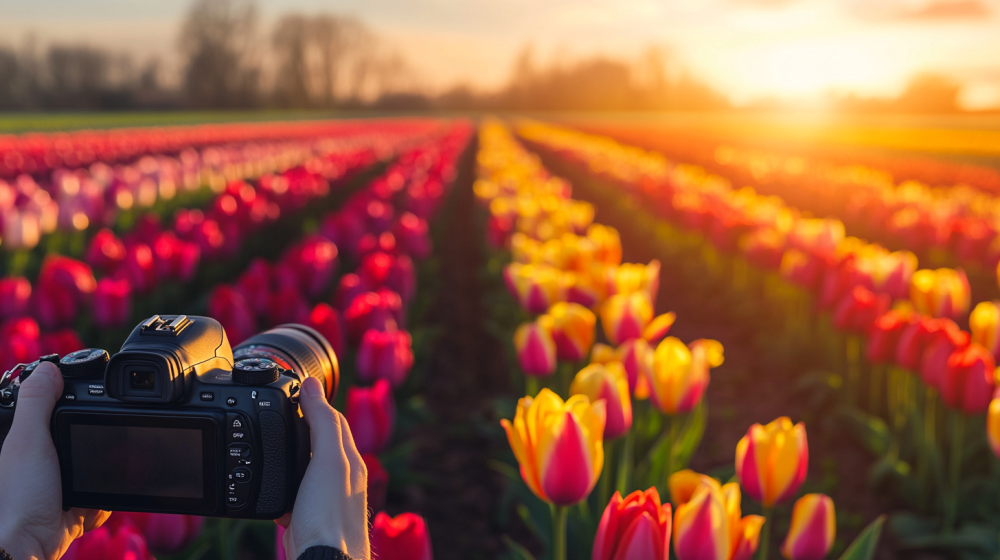
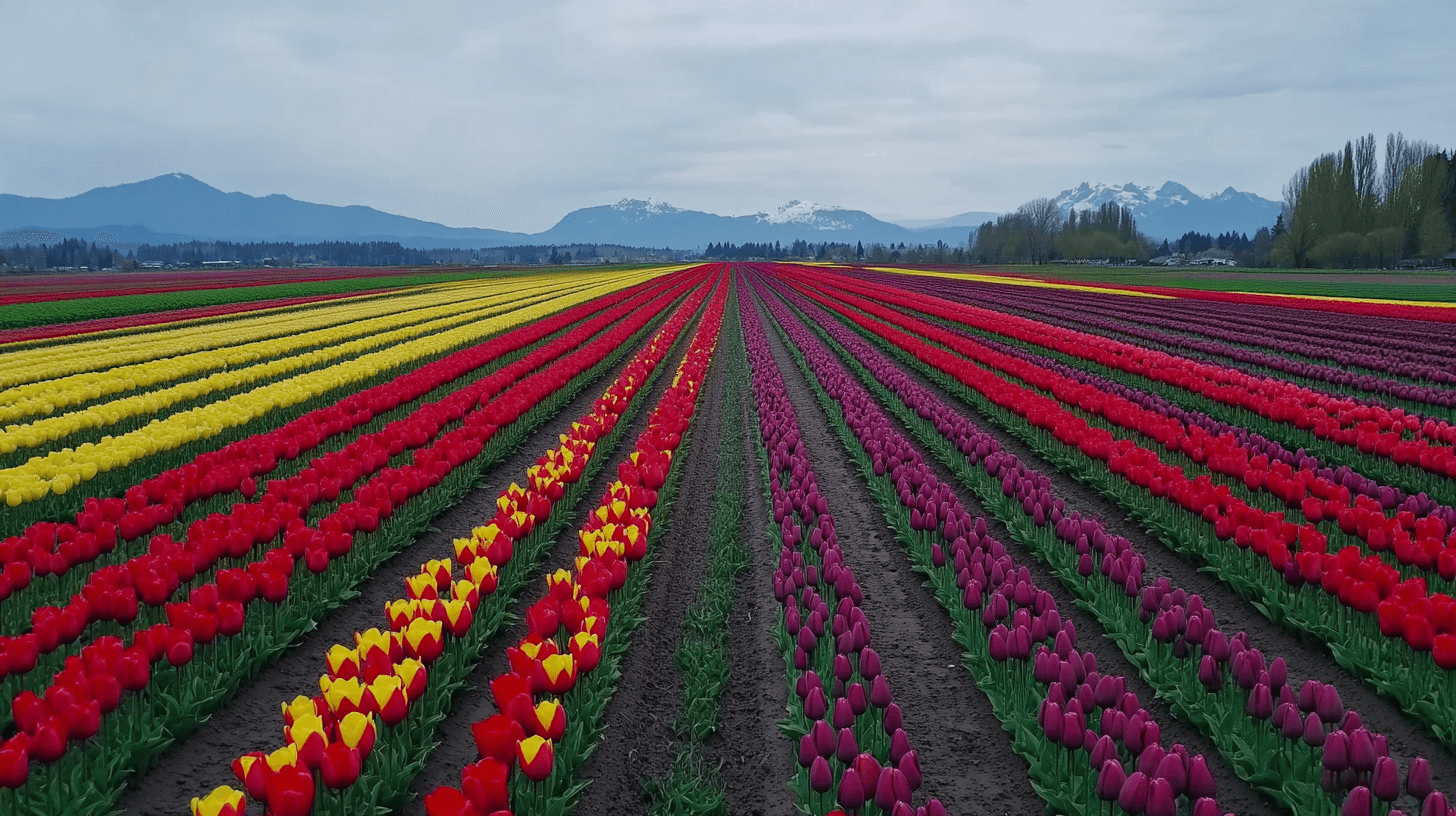
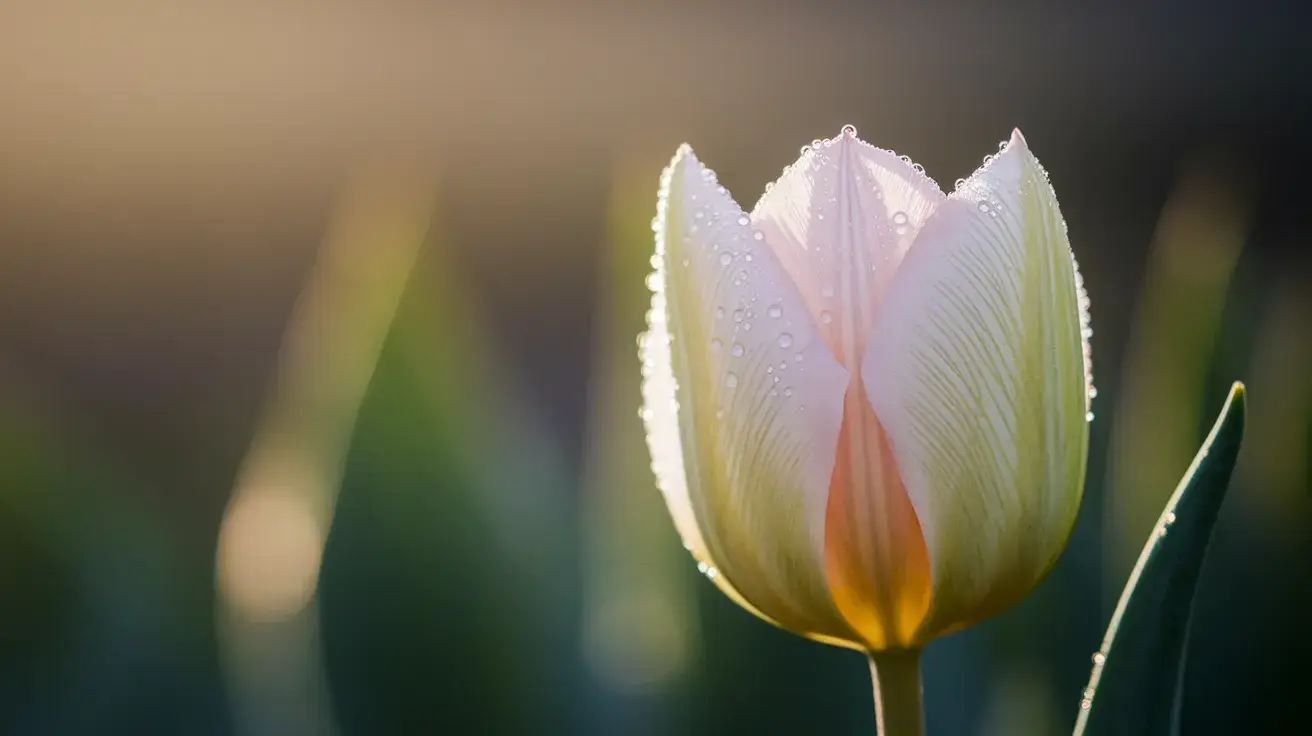
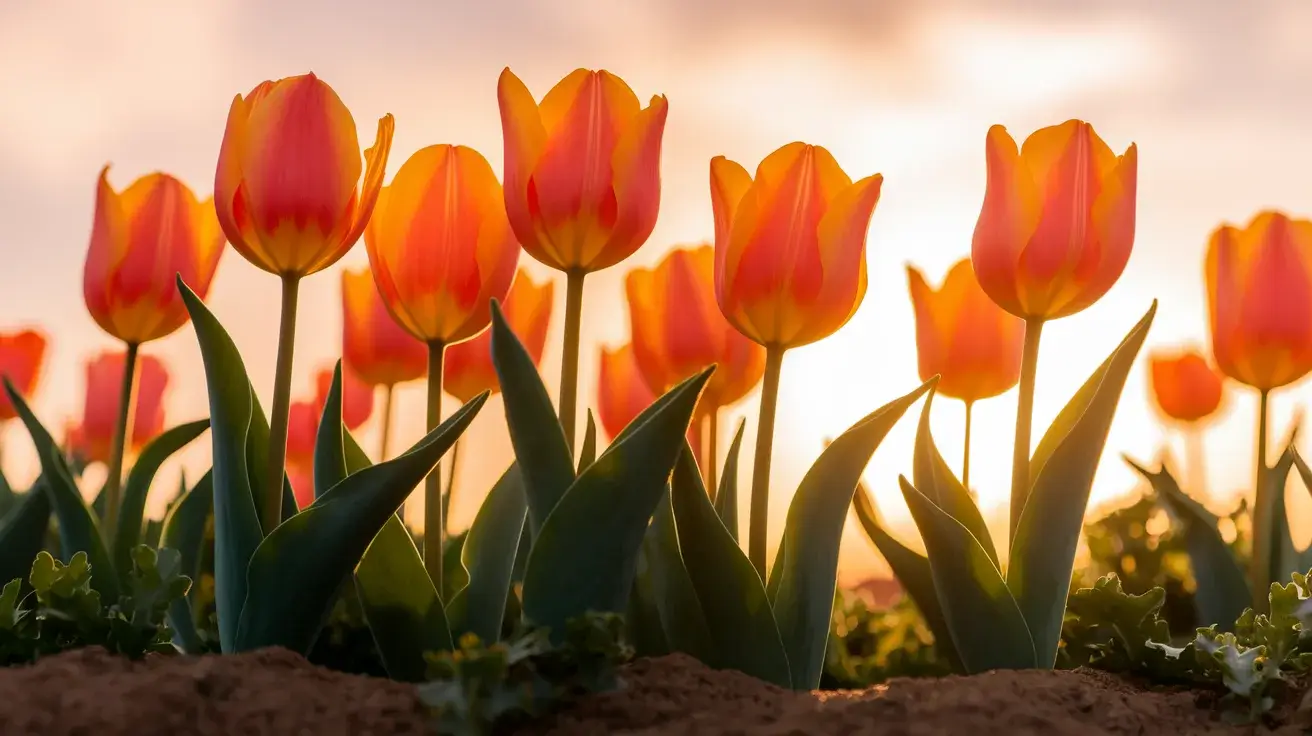

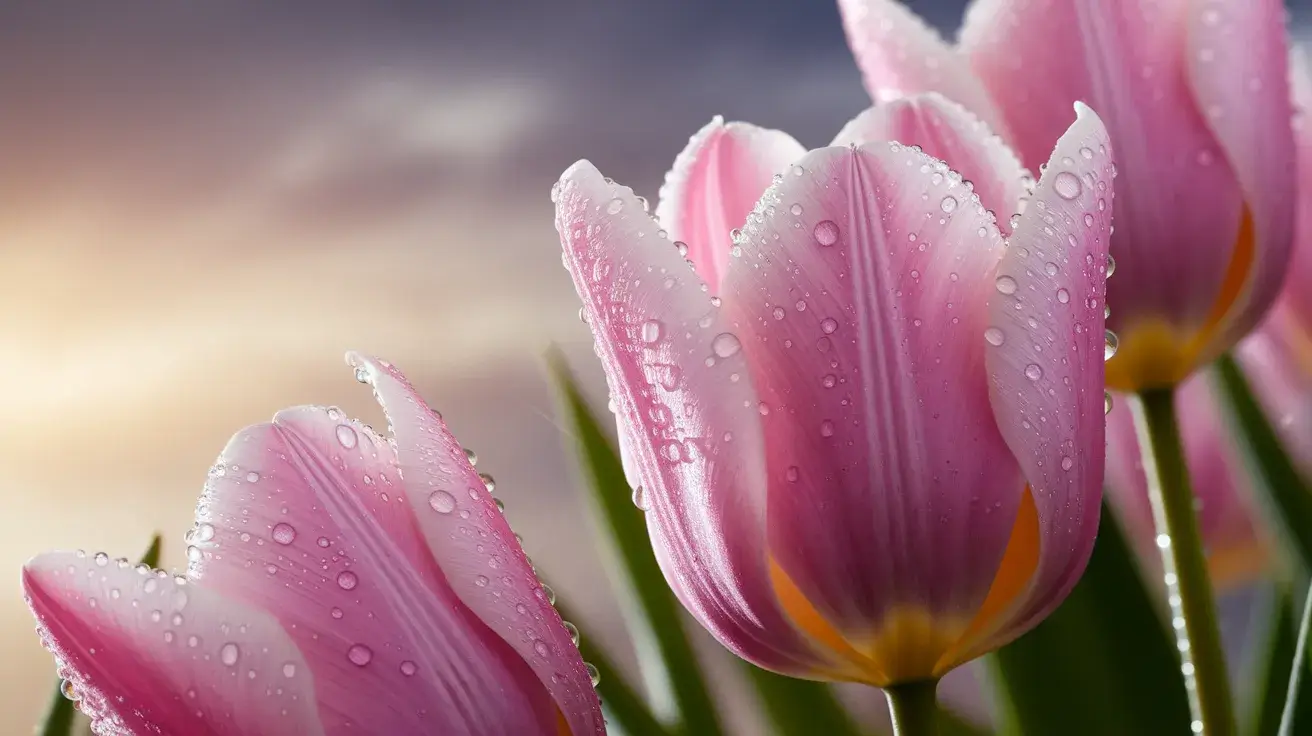
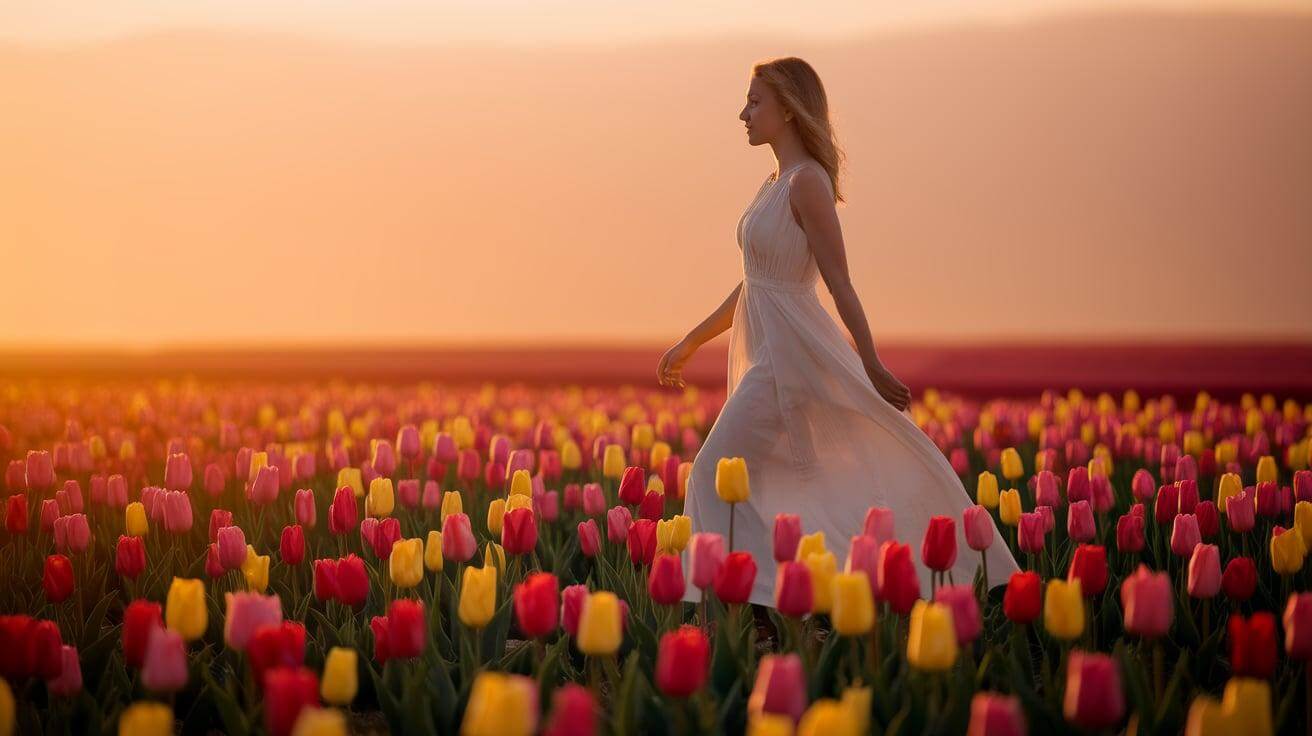
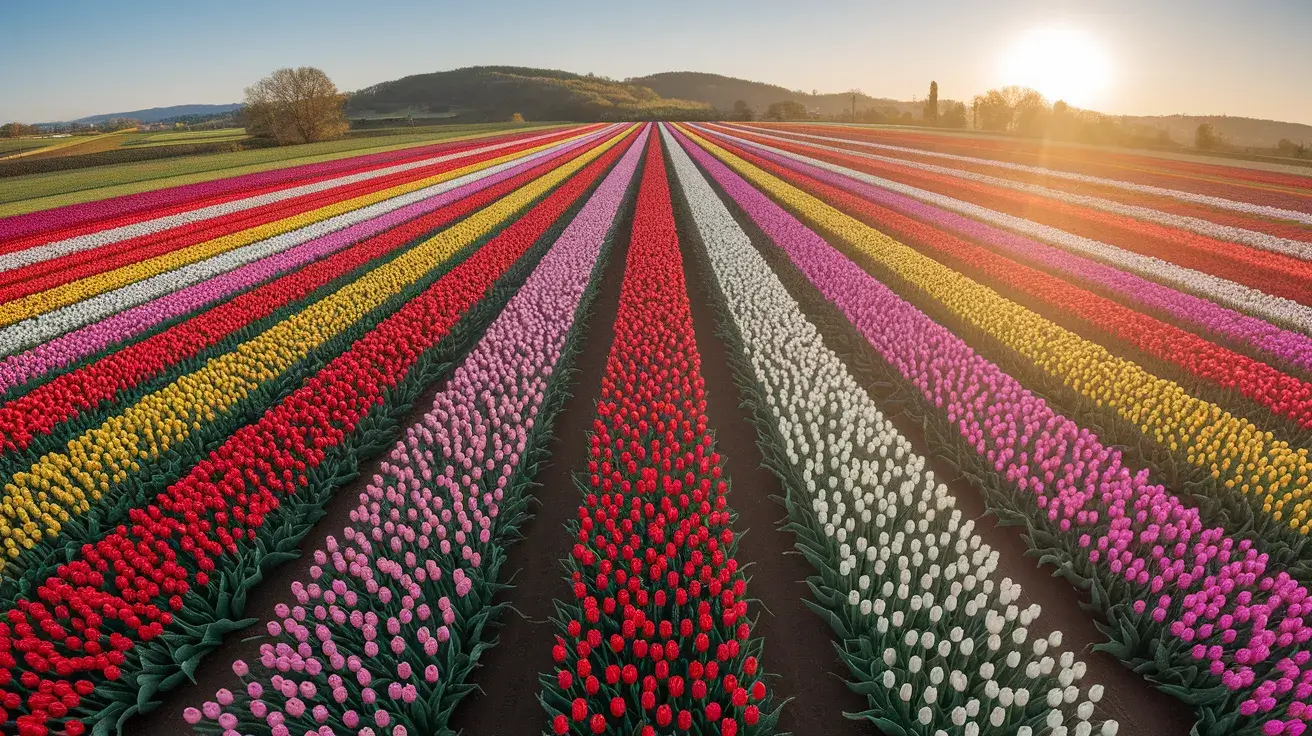
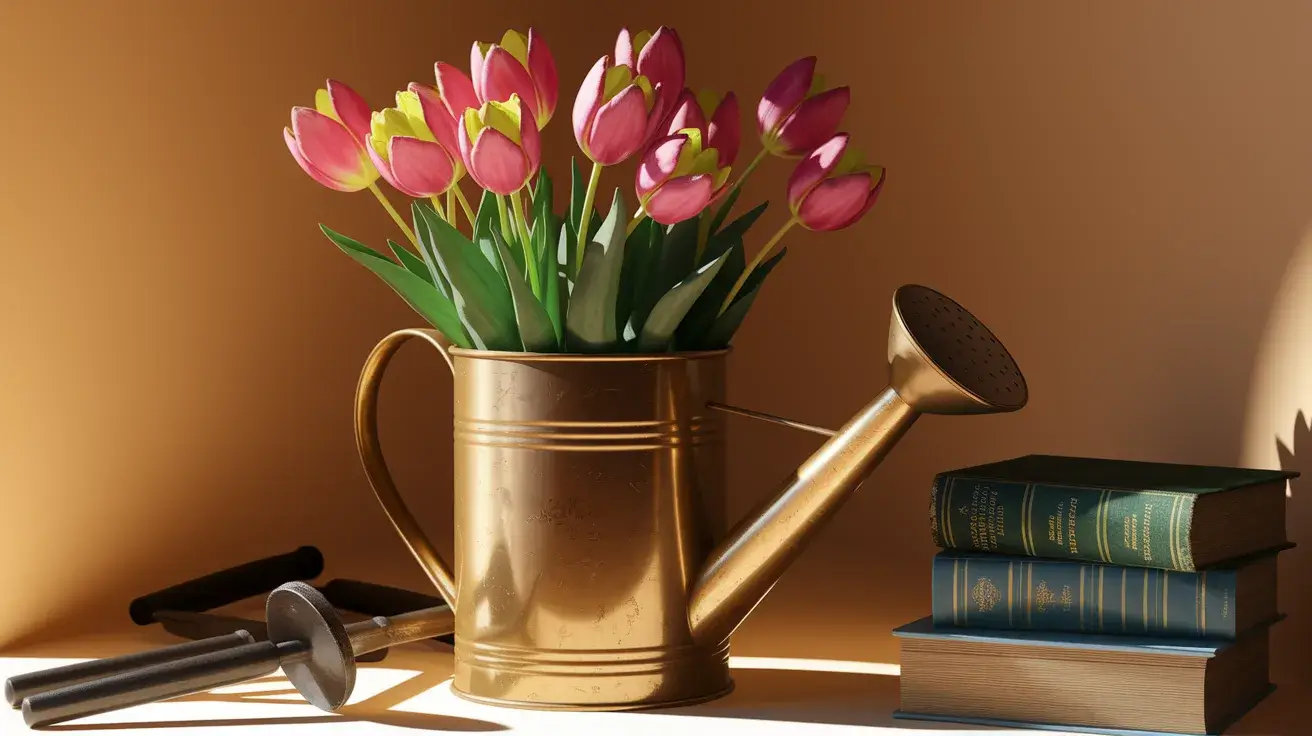
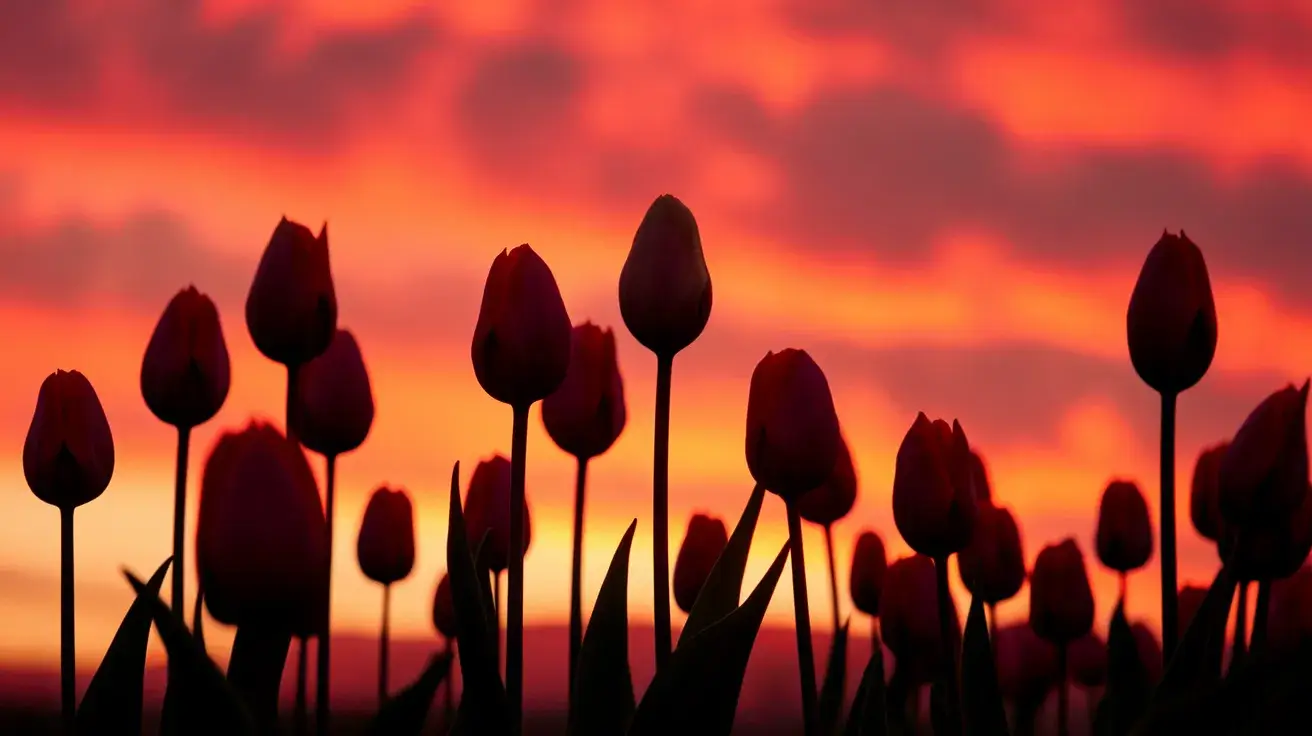

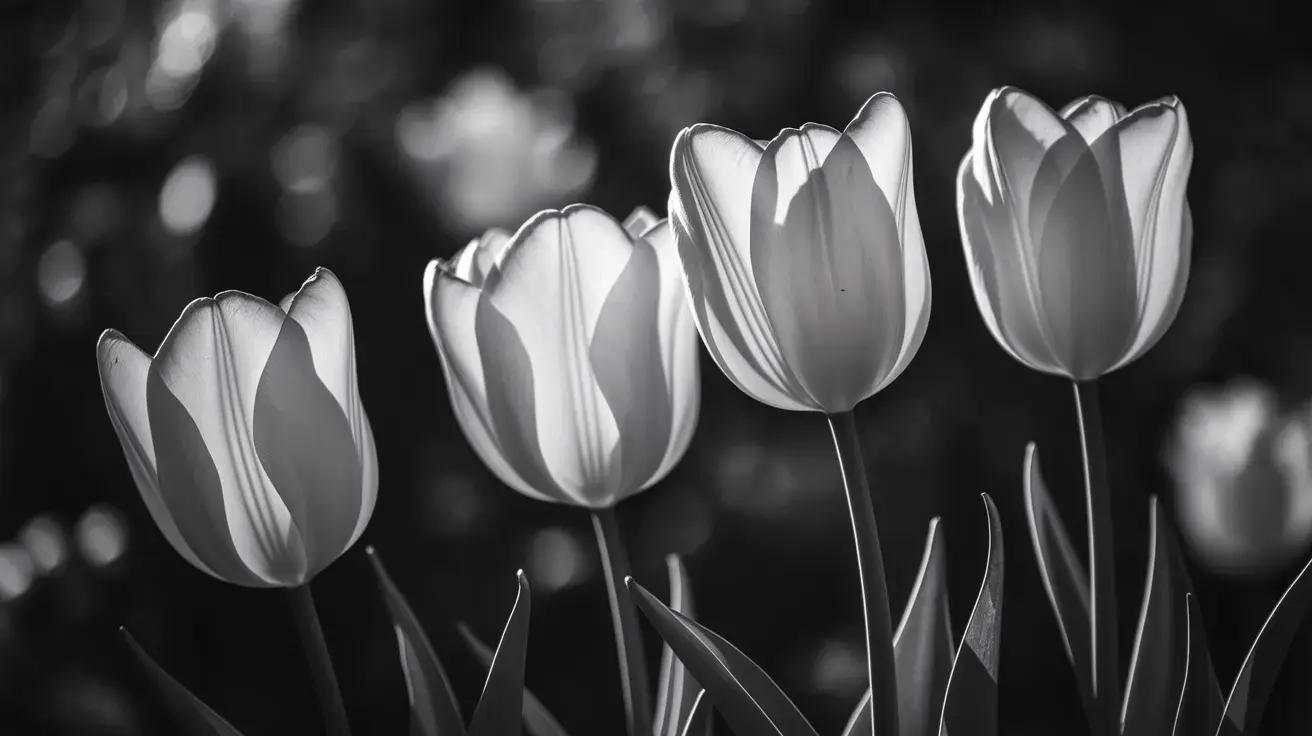
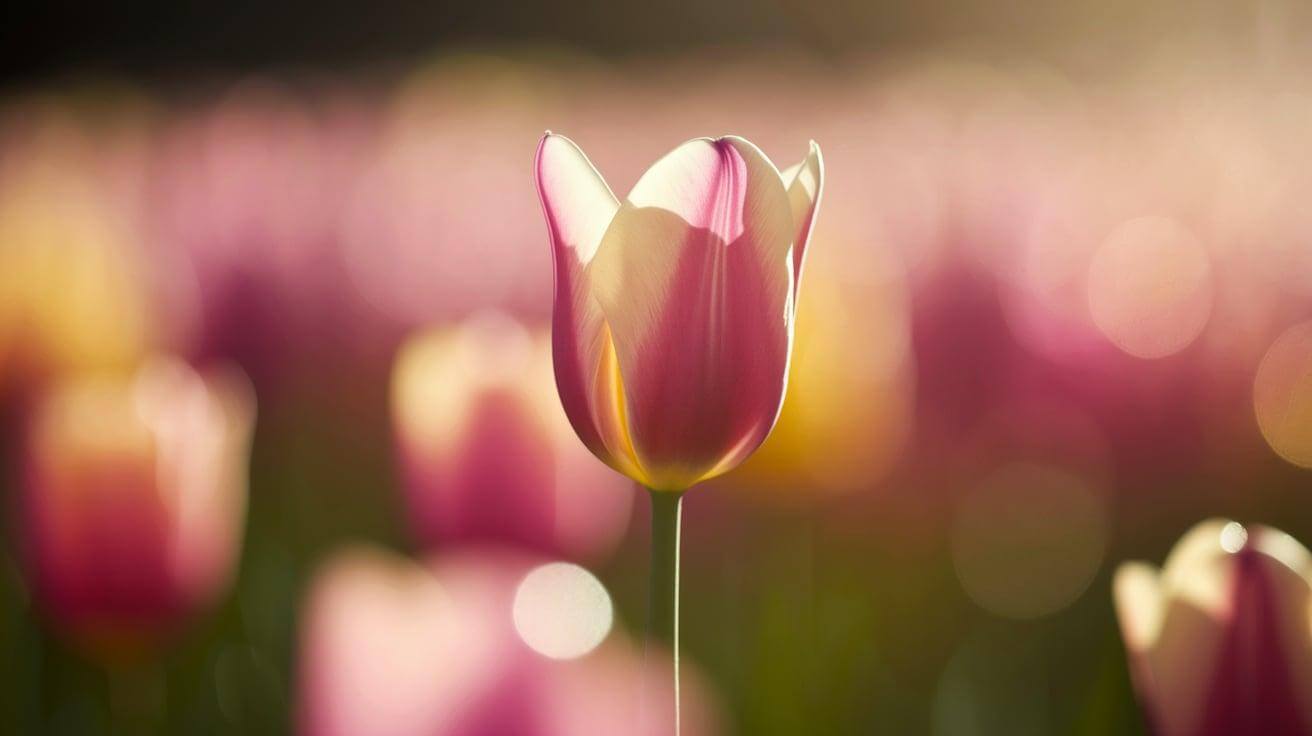
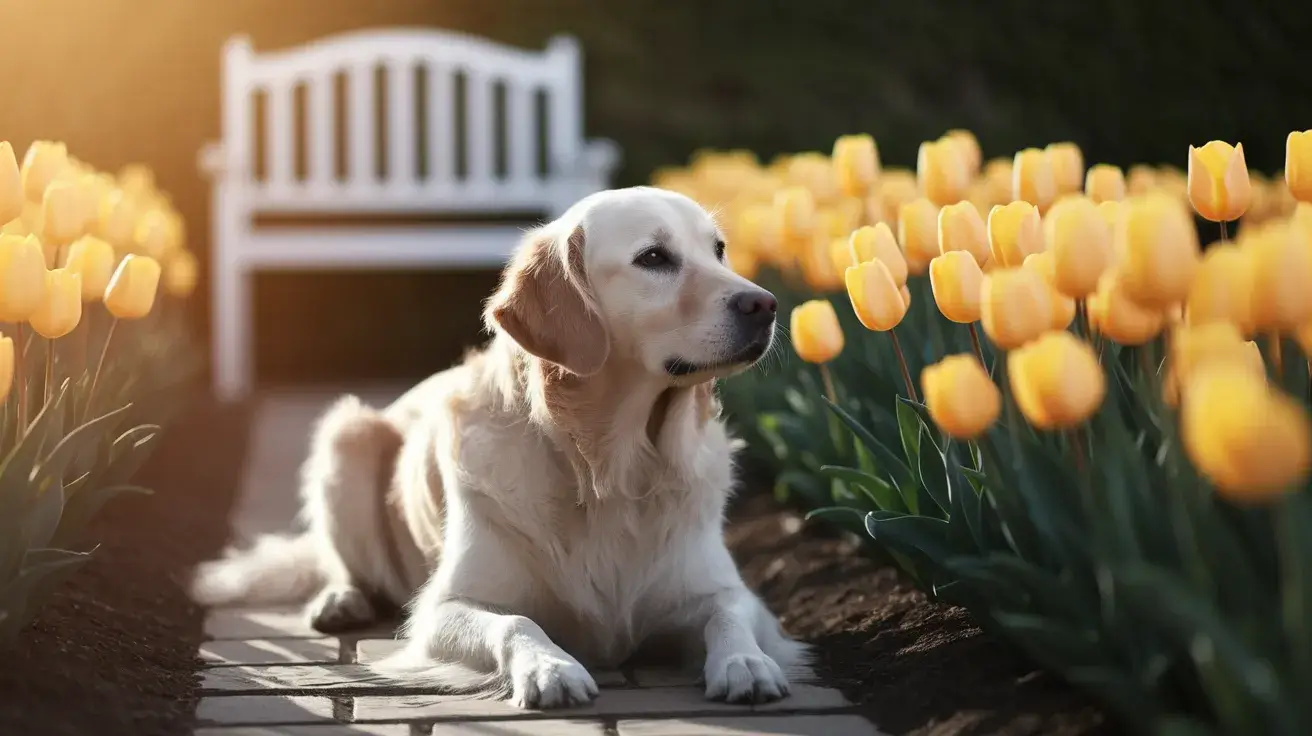

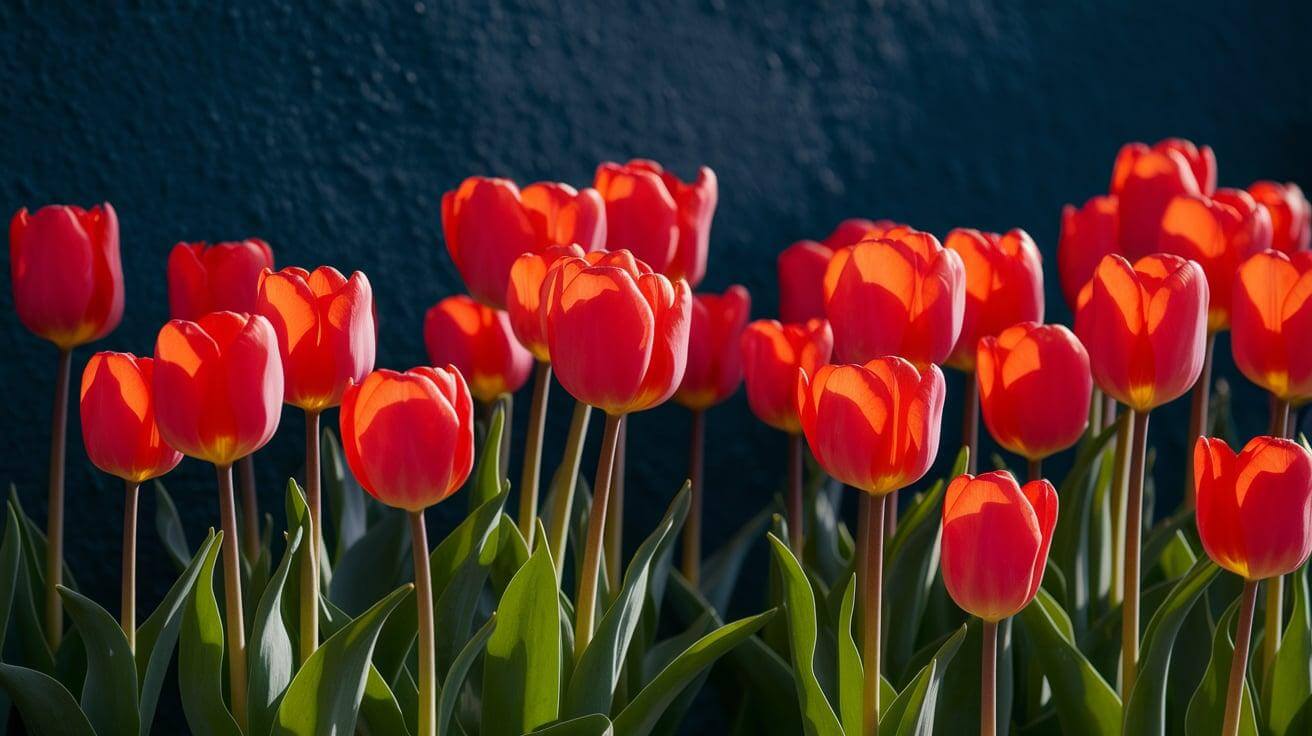
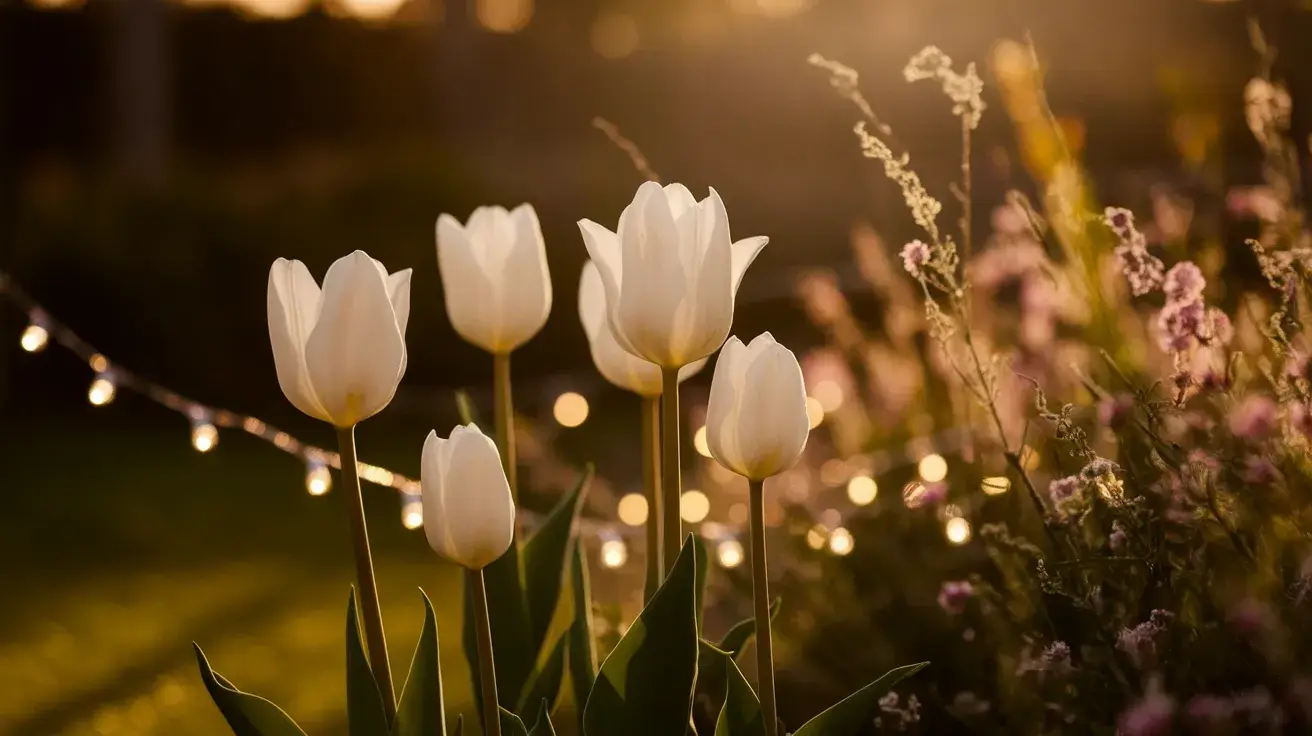
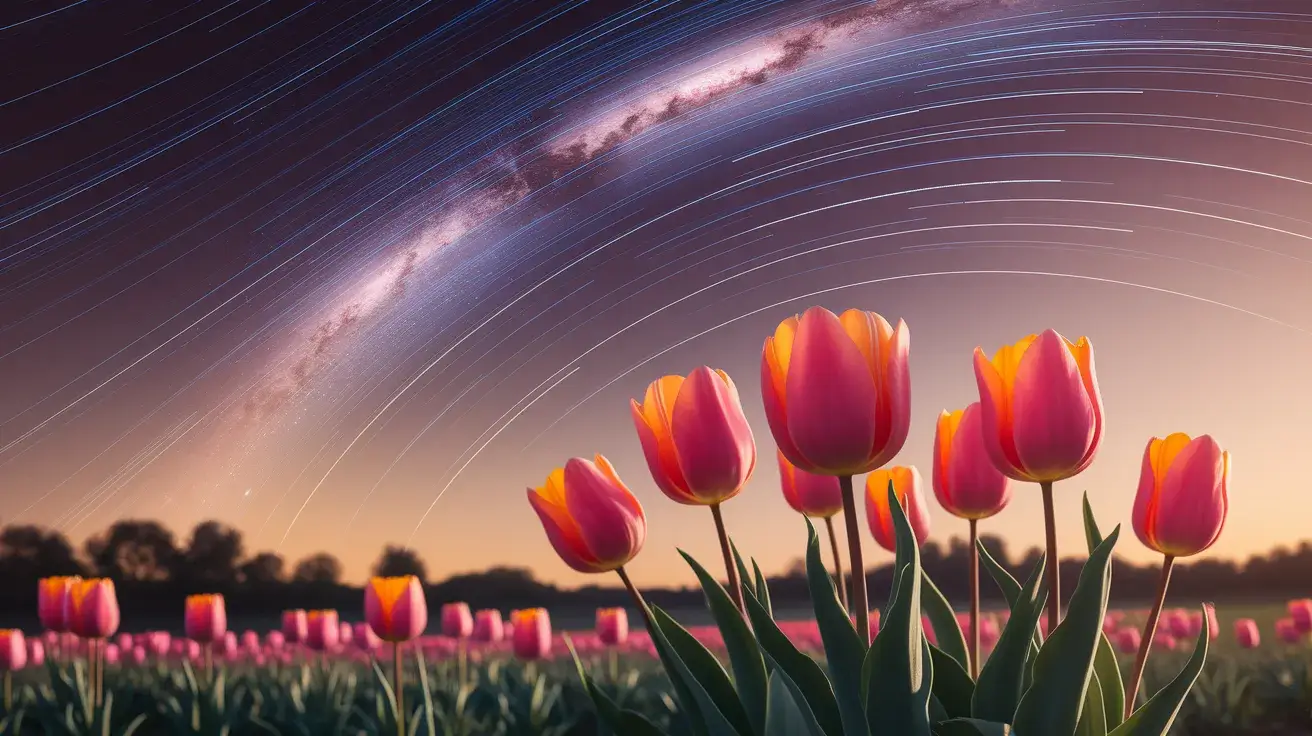

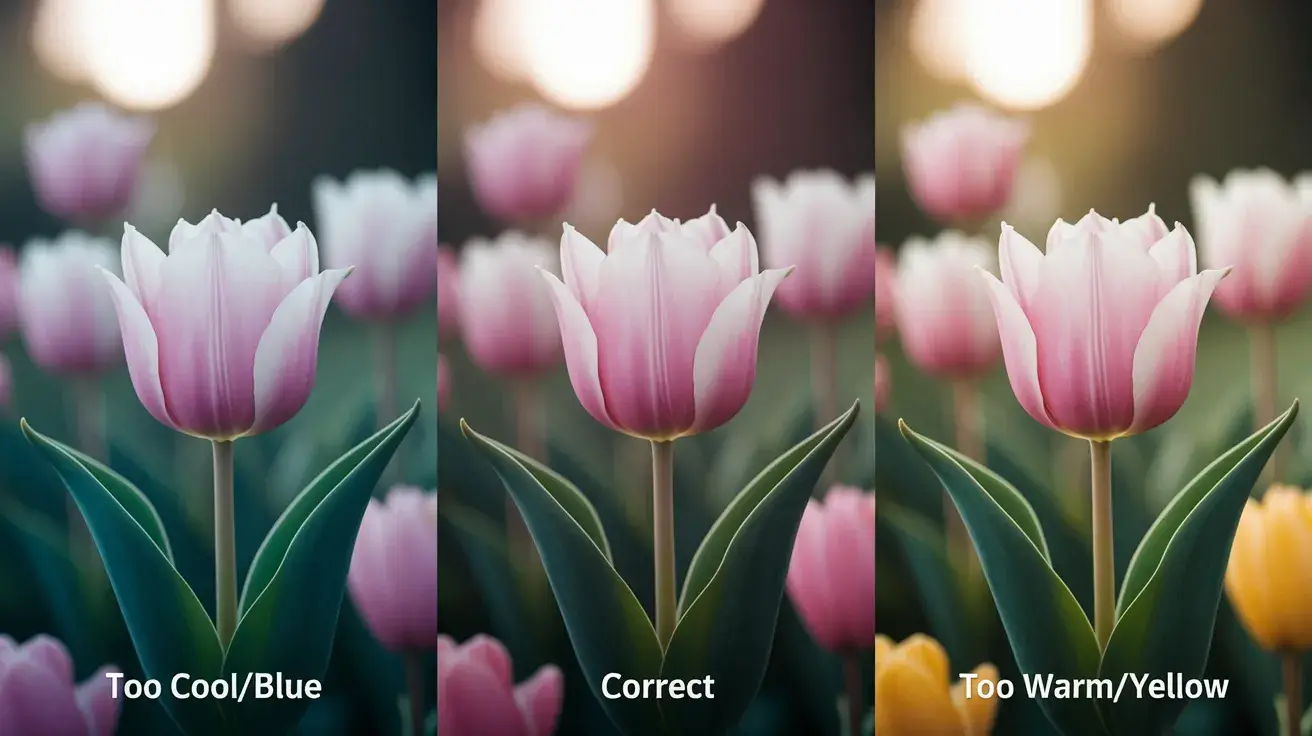
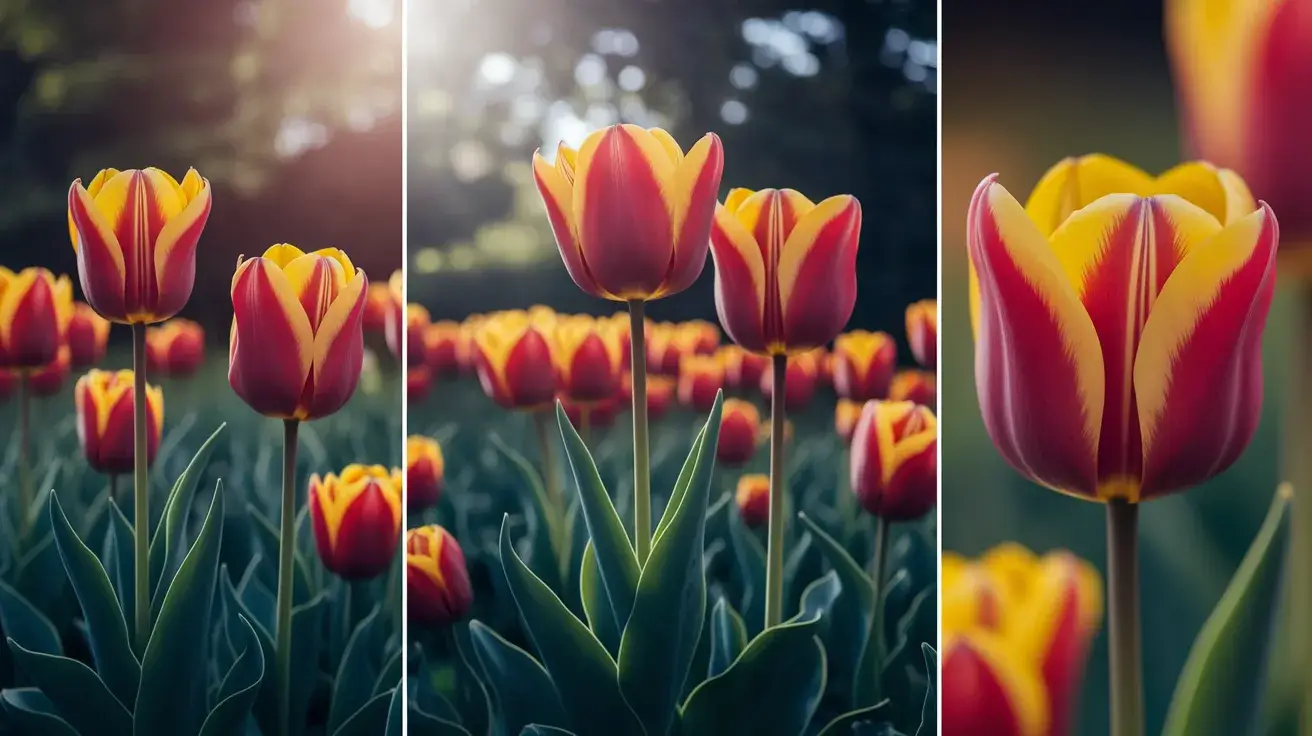



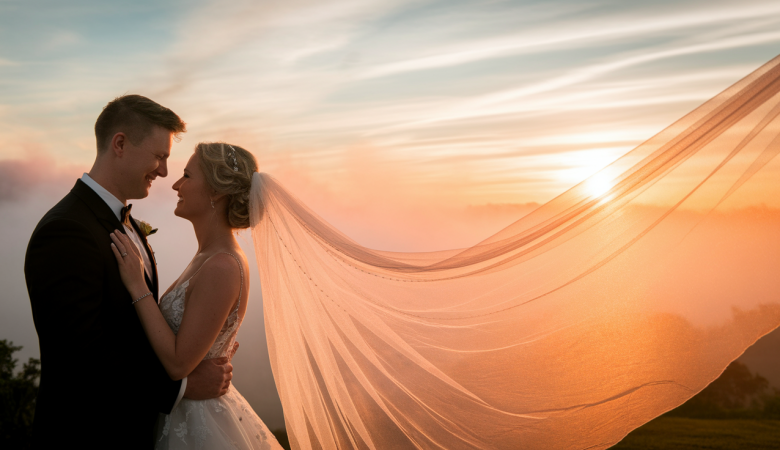
Leave a Reply